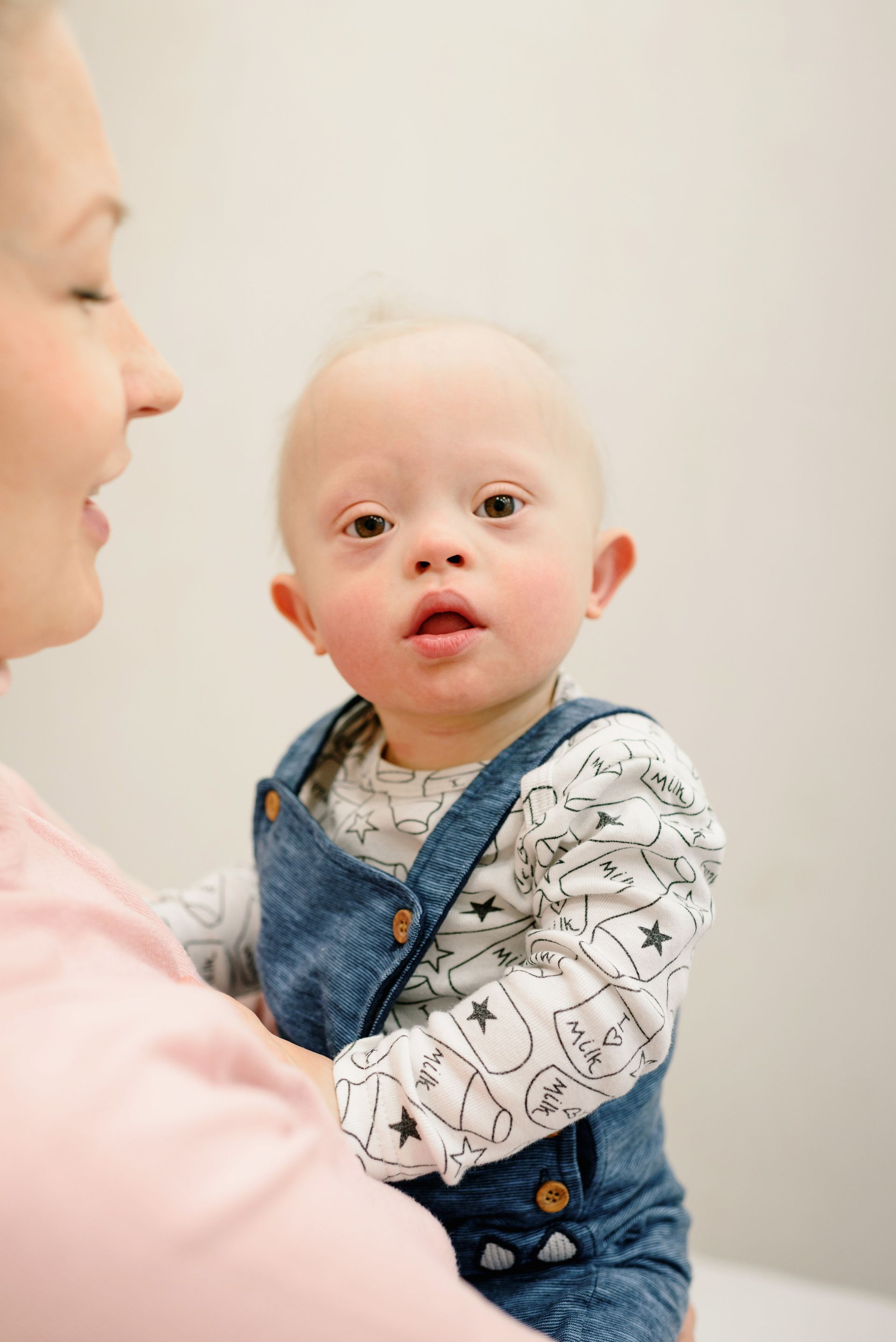Approaching Difficult Behaviors in Profoundly Disabled Individuals: A Comprehensive Guide
Caring for individuals with profound disabilities requires compassion, patience, and understanding.
At times, profoundly disabled individuals may exhibit challenging behaviors that can be distressing for caregivers and family members. It's essential to address these behaviors effectively, considering the unique needs and circumstances of each individual. This article provides a step-by-step approach to understanding and managing their most difficult behaviors.
Rule Out Medical Issues First
Before attributing a behavior to a disability or emotional issue, it's crucial to rule out underlying medical causes. Pain, discomfort, or undiagnosed medical conditions can trigger challenging behaviors. Consult with a healthcare professional to:
- Conduct thorough medical assessments.
- Review medication side effects.
- Identify potential sensory issues (e.g., vision, hearing, or tactile sensitivities).
Common medical issues that may contribute to difficult behaviors include:
- Pain or discomfort
- Infections (e.g., urinary tract infections)
- Sleep disturbances
- Seizure activity
- Gastrointestinal issues
- Sensory overload
Understanding Behavioral Functions
Once medical issues are ruled out, consider the functional aspects of the behavior. Ask:
- What is the individual trying to communicate?
- What needs are not being met?
- What triggers the behavior?
Common functions of challenging behaviors include:
- Communication (e.g., expressing needs or wants)
- Attention seeking
- Escape or avoidance
- Sensory seeking
- Self-soothing
Assessment and Observation
To better understand the behavior, conduct thorough assessments and observations:
- Record behavior frequency, duration, and antecedents.
- Identify patterns and triggers.
- Consult with caregivers, family members, and healthcare professionals.
- Use standardized assessment tools (e.g., Functional Analysis, Behavioral Assessment Instrument).
Developing a Support Plan
Create a comprehensive support plan incorporating:
- Positive Behavioral Supports (PBS): Focus on reinforcing desired behaviors, rather than simply reducing challenging ones.
- Person-Centered Planning: Involve the individual, caregivers, and family members in goal setting and planning.
- Sensory Integration Strategies: Address sensory needs and provide calming environments.
- Communication Strategies: Teach alternative communication methods (e.g., augmentative and alternative communication, AAC).
- Crisis Intervention: Develop strategies for managing acute behavioral episodes.
Strategies for Common Challenging Behaviors
- Aggression:
- Provide a safe environment.
- Use de-escalation techniques.
- Offer alternatives to physical expression (e.g., deep pressure, exercise).
- Self-Injurious Behavior:
- Identify and address underlying causes.
- Teach coping mechanisms (e.g., relaxation, self-soothing).
- Use protective equipment (e.g., helmets, padding).
- Tantrums:
- Establish clear routines and expectations.
- Offer choices and empower decision-making.
- Use calming techniques (e.g., deep breathing, visualization).
Conclusion
Approaching difficult behaviors in profoundly disabled individuals requires empathy, understanding, and a comprehensive approach. By ruling out medical issues, understanding behavioral functions, and developing support plans, caregivers and family members can improve the quality of life for these individuals.
Additional Resources
- The National Association for the Dually Diagnosed (NADD)
- The Autism Society
- The Arc of the United States
- Positive Behavioral Supports (PBS) organizations
By adopting a person-centered and holistic approach, we can better support individuals with profound disabilities, reducing challenging behaviors and enhancing their overall well-being.
Share










